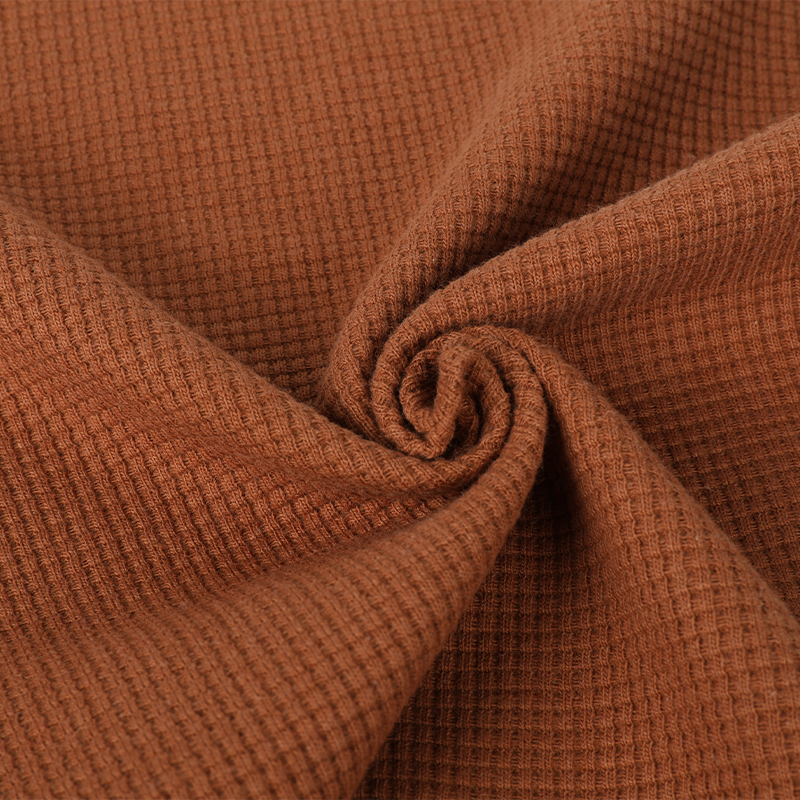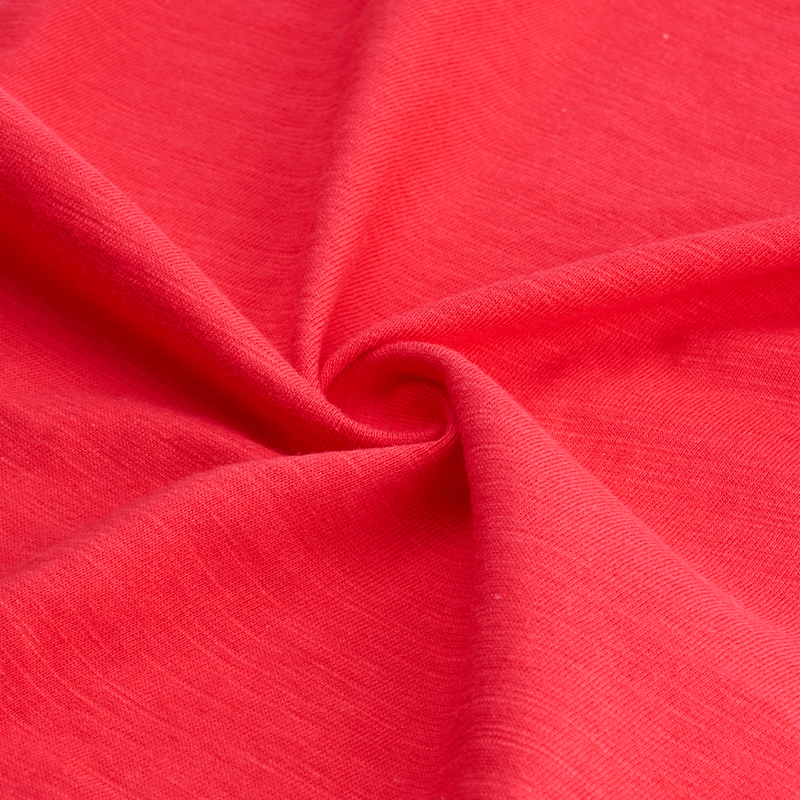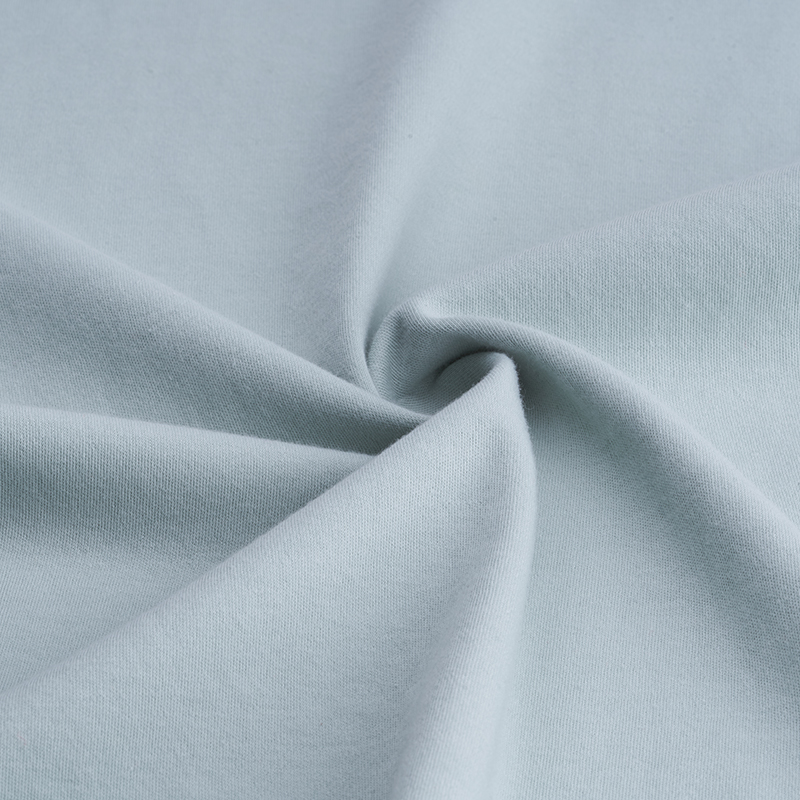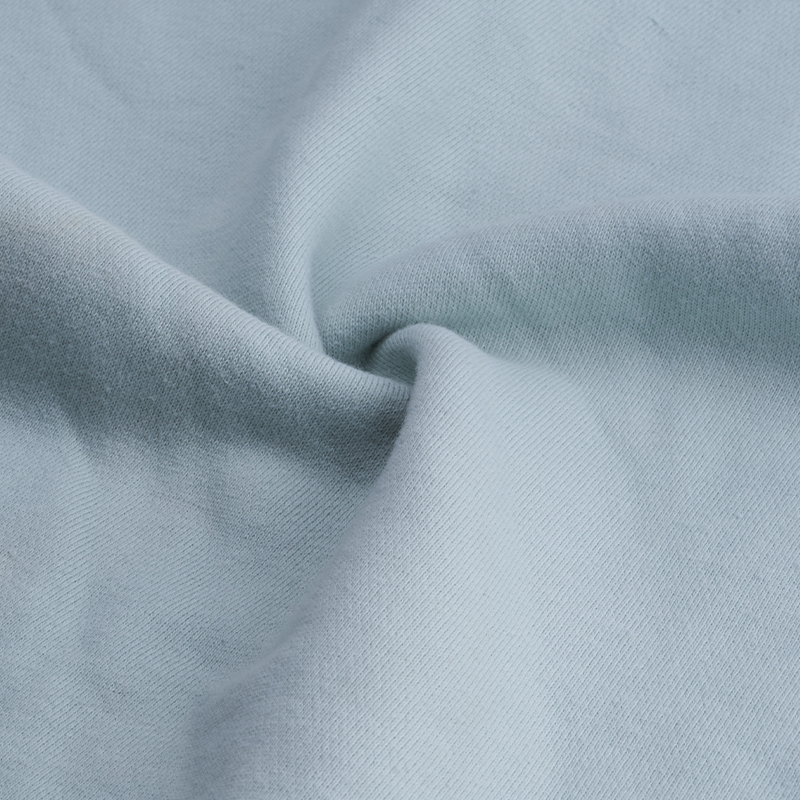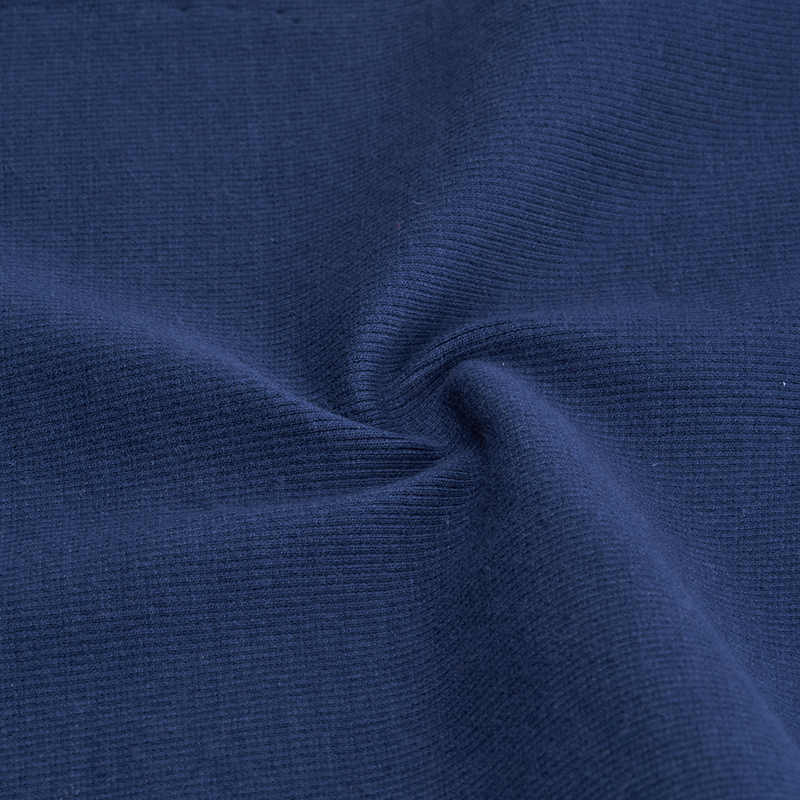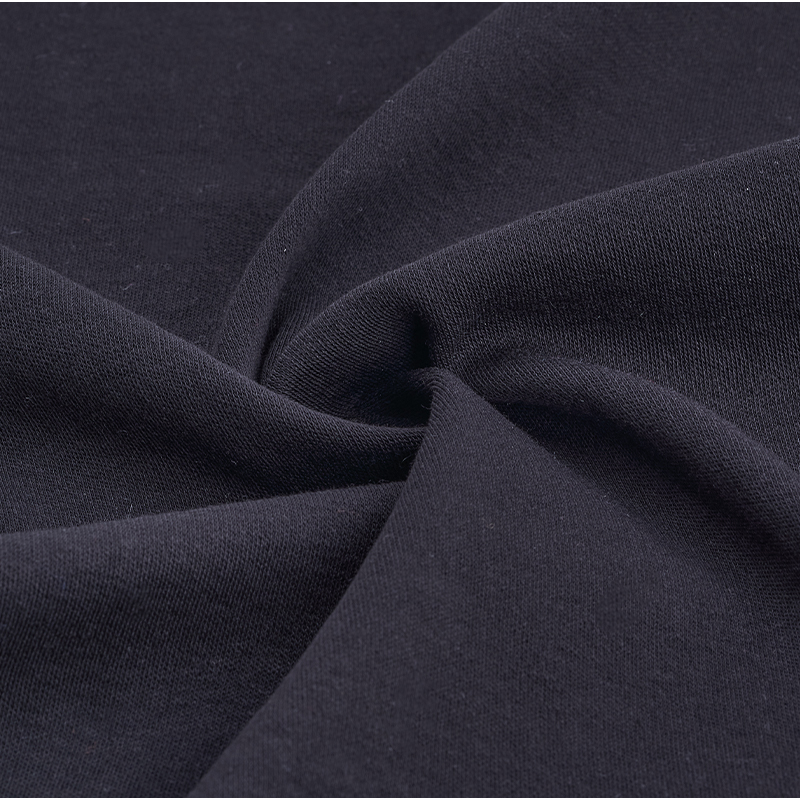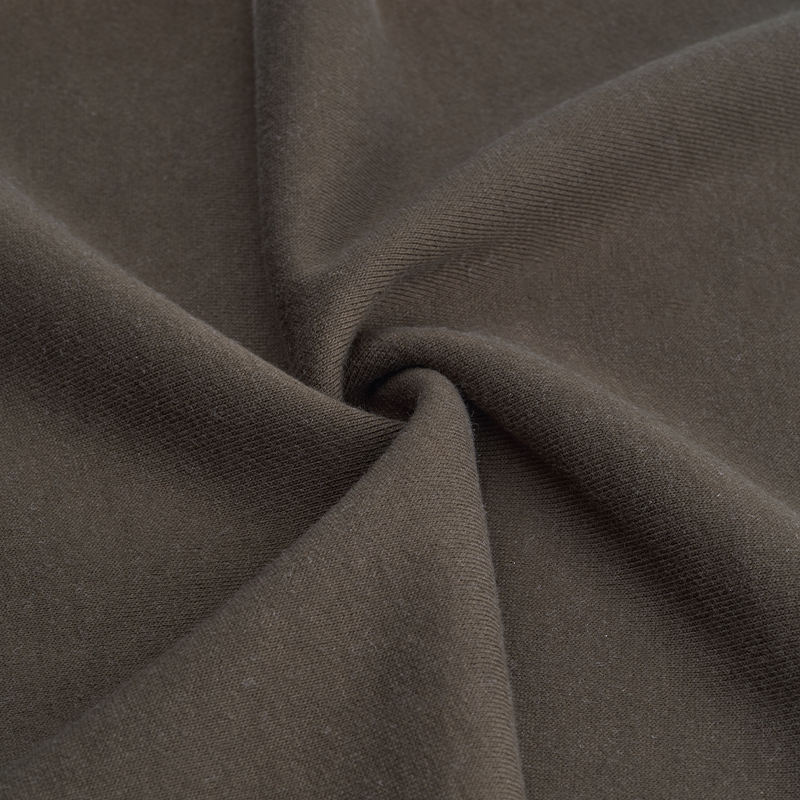The name "Hacci" (derived from the Japanese word for honeycomb, "Hachi") immediately evokes a sense of delicate texture. But what exactly gives Hacci fabric its universally praised, exceptional softness? The answer lies in a combination of specialized yarn selection, unique knitting techniques, and meticulous finishing processes – a blend of art and textile science.
1. The Foundation: Yarn Choice is Paramount The journey to softness begins with the fibers. Hacci fabric typically utilizes finely spun yarns, often with a blend of natural fibers like high-grade cotton or merino wool, sometimes combined with synthetics like viscose or modal for added drape and resilience. Crucially, these yarns are often processed to have a lower twist. Twist binds fibers together tightly; a lower twist allows individual fibers more freedom to move and creates a loftier, airier yarn structure, directly contributing to a softer hand feel against the skin.
2. The Honeycomb Knit: Structure Creates Softness The defining characteristic of Hacci is its namesake honeycomb knit structure. This intricate pattern creates tiny, uniform hexagonal cells or loops across the fabric surface. This structure is key for several reasons:
- Increased Loft: The honeycomb cells trap air, creating a cushioning effect that feels plush and yielding.
- Reduced Density: Compared to tighter weaves or knits, the honeycomb structure inherently creates a fabric with slightly more space between yarns. This reduces stiffness and allows the fabric to drape softly and conform comfortably to the body.
- Gentle Surface Texture: The looped or cell-like surface minimizes harsh, direct contact points with the skin. Instead of a flat, potentially abrasive plane, the skin interacts with the rounded peaks of the honeycomb cells, resulting in a smoother, silkier sensation.
3. The Finishing Touches: Enhancing Inherent Qualities The journey doesn't end at the knitting machine. Sophisticated finishing processes further enhance Hacci's softness:
- Specialized Washing: Garments often undergo specific washing treatments, such as garment dyeing or enzyme washes. These processes gently break down the fibers slightly, removing surface fuzz (pilling potential) and further softening the hand feel. Enzyme washes, in particular, target tiny fiber ends to create an incredibly smooth surface.
- Brushing (Optional): Some Hacci fabrics may undergo a light brushing process. This carefully lifts the very surface fibers, creating an ultra-fine, velvety nap that significantly amplifies the perceived softness. The degree of brushing is critical; too much can compromise durability or structure.
- Softening Agents: Textile softeners (often silicone-based) can be applied during finishing. These lubricate the fibers, reducing friction between yarns and between the fabric and skin, enhancing the smooth, slippery softness Hacci is known for. Reputable manufacturers use these responsibly to avoid compromising breathability.
Achieving Lasting Softness: Care Considerations The inherent qualities of Hacci fabric provide a foundation for lasting comfort, but proper care is essential:
- Gentle Washing: Use cool or lukewarm water and a mild detergent. Avoid harsh chemicals or bleach.
- Avoid High Heat: High temperatures in drying or ironing can damage fibers and stiffen the fabric. Air drying flat or tumble drying on a very low heat/no heat setting is recommended. Iron on low heat if needed.
- Minimize Abrasion: Turn garments inside out before washing and avoid washing with heavy, abrasive items like denim or zippered clothing.
The remarkable softness of Hacci fabric isn't accidental; it's the result of deliberate choices at every stage of production. From selecting and spinning the softest yarns to employing the unique, air-trapping honeycomb knit structure, and finally applying precise finishing techniques, manufacturers cultivate a texture that prioritizes luxurious comfort.

 English
English
